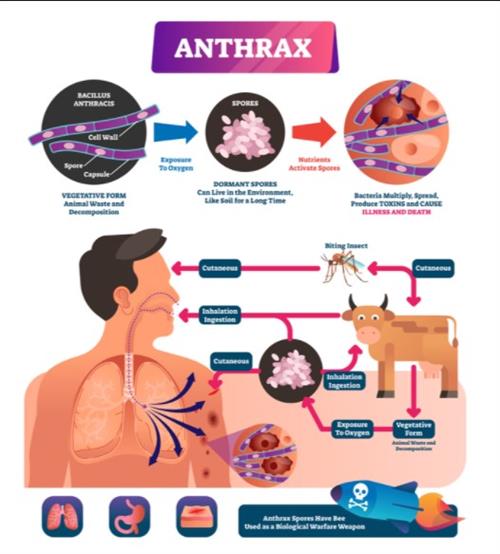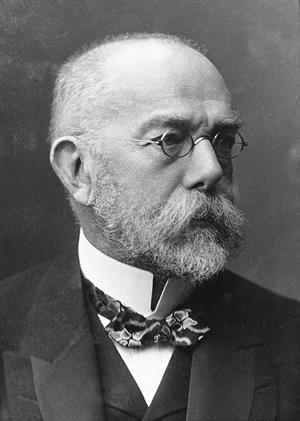PDF chapter test TRY NOW
In the previous section, we discussed disease formation and how a pathogen develops an infection and converts into an illness. In this section, we will study how pathogenic microorganisms are harmful to human beings.
Harmful effects of microbes:
Pathogenic microorganisms are causing the disease in two ways.
- Tissue damage
- Toxin secretion
1. Tissue damage:
Have you ever heard about a disease called jaundice? The hepatitis B virus causes it. This virus will cause damage to the liver tissues. If you got infected with jaundice, then for diagnosing, the doctor will advise you to scan the liver's condition. This check is to ensure the condition of the liver tissues because the pathogen hepatitis B can cause morphological and functional damage to the liver tissues.
Similarly, several pathogens can create infections that affect our body's tissues and organs, causing morphological and functional damage to them.
Example:
Tuberculosis, is a disease caused by the Mycobacterium tuberculosis bacteria, and it damages the lung cells.
2. Toxin secretion:
The second way by which the microbes cause the disease is toxin secretion.
Toxins are poisonous substances with small molecules made up of protein synthesised by microbes. These are capable of causing disease and structural damage when they come in contact with tissues. Toxins will damage cells, inhibit cellular processes and the immune system of the body.
Toxins secreted by the pathogen are classified into two types.
i. Exotoxin: Directly secreted by the pathogen.
Tetanus disease is caused by an exotoxin produced by the bacterium Clostridium tetani. It affects the nervous system and causes painful muscle contractions, particularly the jaw and neck muscles.
ii. Endotoxin: Released during the disintegration of the pathogen.
Meningococcal bacteria release endotoxin, causing inflammation and swelling in the meninges and the brain tissue, which increases pressure on the brain. This condition has symptoms similar to meningitis, such as headache, stiff neck and dislike of bright lights.

Anthrax
Robert Koch is considered as the father of Bacteriology. He is a German physician and the first to study how pathogens cause diseases. In 1876, he showed that the disease caused in sheeps, called anthrax was due to Bacillus anthracis, which exist in grasslands in the form of protective spores. He found the rod-shaped bacteria in the blood vessels of infected sheep and came to a conclusion that sheep and cattle came in contact with bacteria while grazing in the grasslands. Also, he discovered the bacteria of tuberculosis and cholera. For his work in discovering tuberculosis, he received the Nobel prize for physiology and medicine in 1905.

Robert Koch
